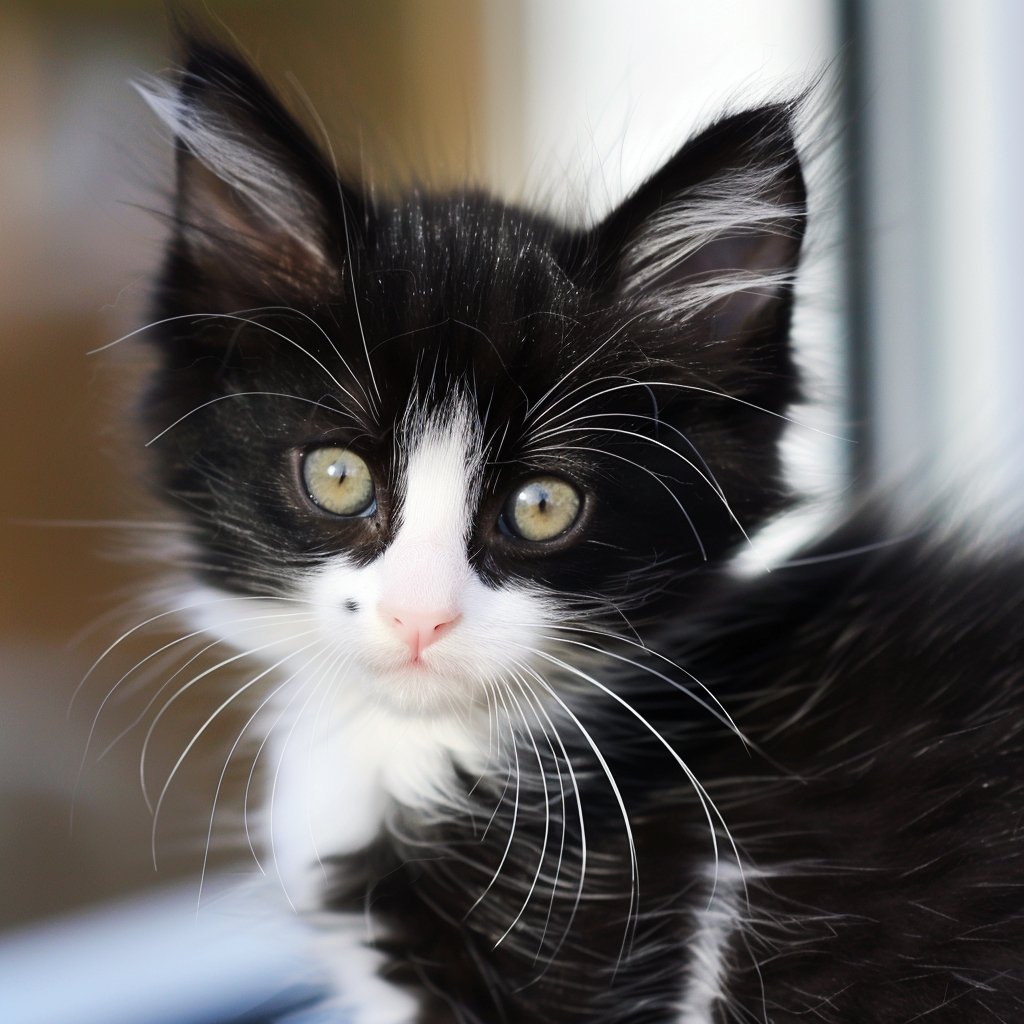Understanding your cat’s age in human years helps pet owners anticipate health needs, dietary adjustments, enrichment planning.
The SuchCats cat age calculator translates feline years into human equivalents by combining a base conversion formula: 15 years for the first cat year, 24 years for the second, plus four years per additional cat year.
It also takes into account breed-specific and size-based weighting factors.
That’s because smaller cats generally mature more slowly and often live longer, and certain breeds carry genetic health predispositions that can accelerate or decelerate their aging trajectory.
To use the calculator, simply select your cat’s breed, size, and age, then click Calculate to reveal a personalized human-age equivalent, empowering planning of regular wellness checkups, lifestyle enhancements.
Cat Age Calculator
By providing personalized aging estimates, the SuchCats cat age calculator lets you make informed decisions about nutrition, healthcare, and enrichment, helping you ensure your cat enjoys a happy, long, and healthy life.

